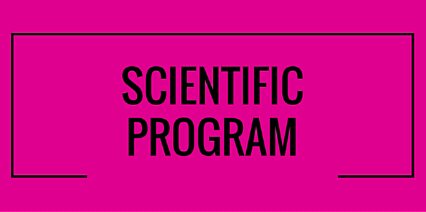
Surjit Tarafdar
Western Sydney University, Australia
Title: Atypical familial hyperaldosteronism in a family
Biography
Biography: Surjit Tarafdar
Abstract
Defect of CYP11B1, or 11-beta-hydroxylase 1(11β-OH 1) deficiency causes 5% of congenital adrenal hyperplasia (CAH). A 27-year-old male with history of hypertension from the age of 21 and non-compliance was found to have hypokalaemia with metabolic alkalosis. Investigations revealed he had primary aldosteronism with an aldosterone/renin ratio of more than 200 (normal <30). CT imaging of the adrenal glands showed hyperplastic right adrenal gland. Given the young age and strong family history of early onset hypertension patient had genetic tests which revealed a large deletion in CYP11B1. No evidence of hyperandrogenism was found. Subsequently patient’s 52 year old father who had been hypertensive since his twenties was investigated and found to have primary hyperaldosteronism with the same genetic defect. Both father and son responded very well to spironolactone. 11β-OH1 associated CAH is characterized by hyperandrogenism along with accumulation of 11-deoxycortisol and 11-deoxycorticosterone. 11-deoxycorticosterone (which has intrinsic mineralocorticoid activity) causes hypokalemic hypertension and suppressed aldosterone production. However, our patient family has a significantly elevated aldosterone to renin ratio suggesting that blockage of the cortisol pathway caused activation of the mineralocorticoid pathway rather than the androgen pathway. This is the first documented case of a deletion in gene CYP11B1 presenting with hypertension and primary aldosteronism rather than hyperandrogenism and hypertension with hypoaldosteronism. This group of patients should be recognized as a new subset of familial hyperaldosteronism rather than CAH.

